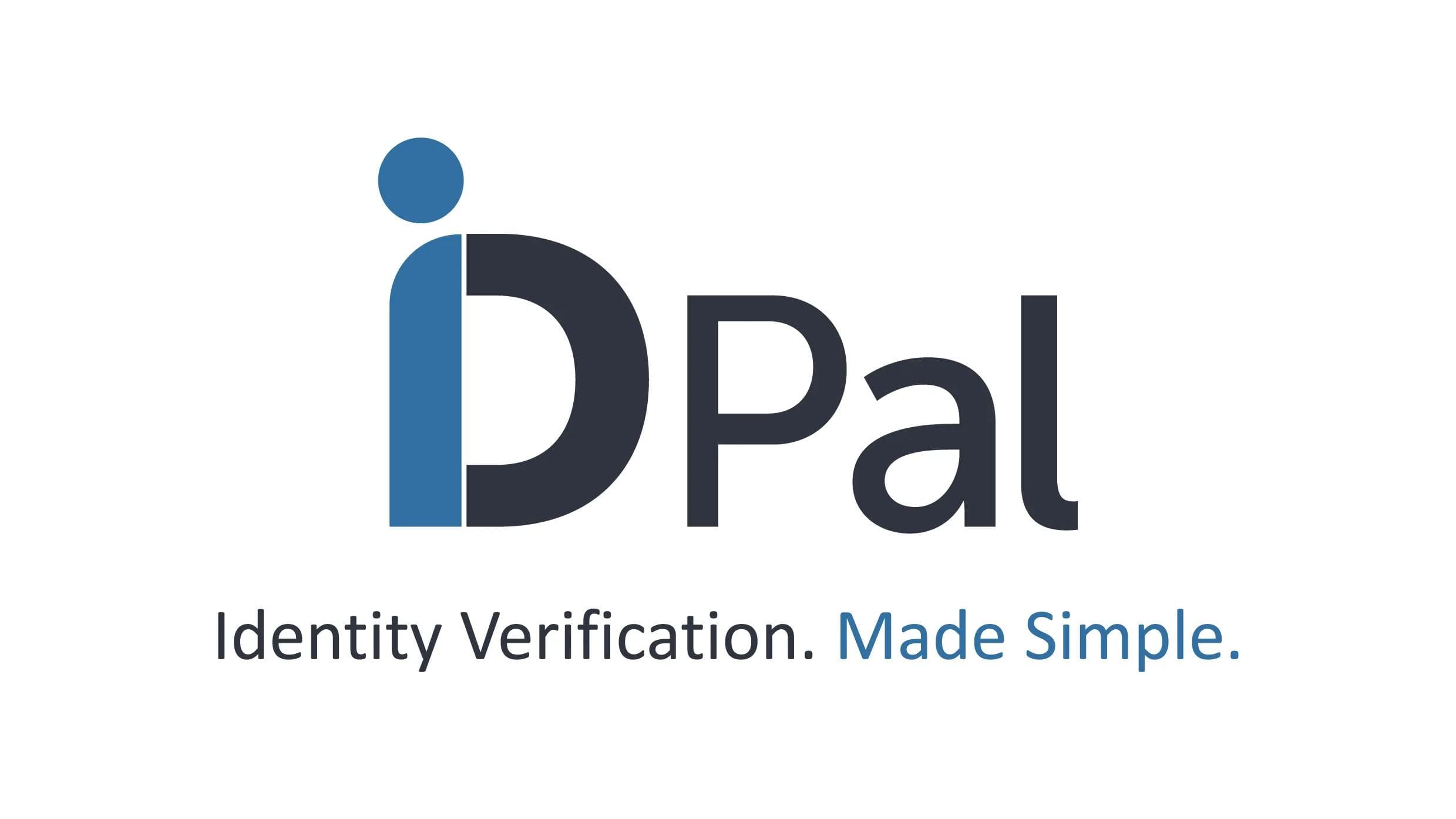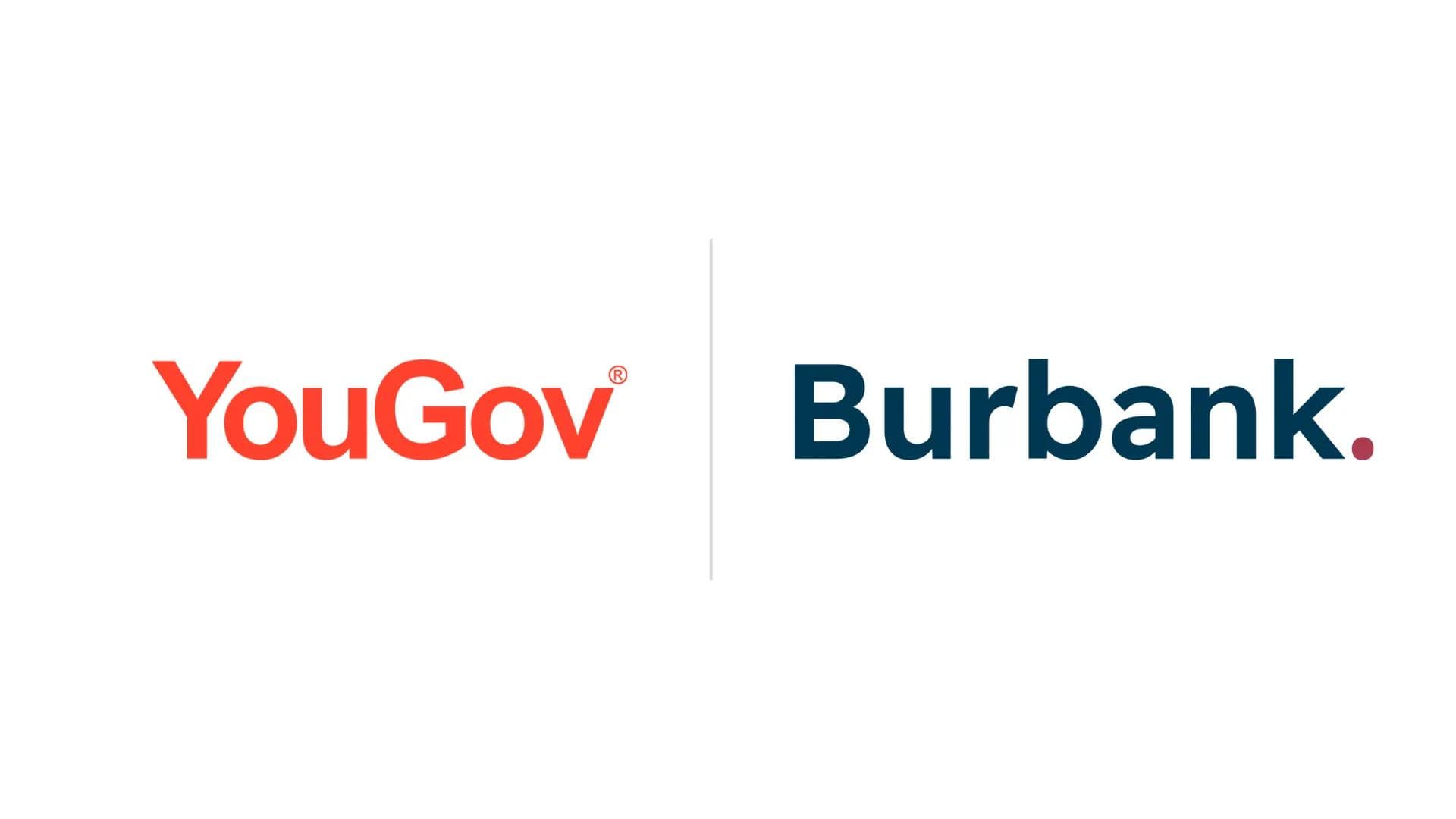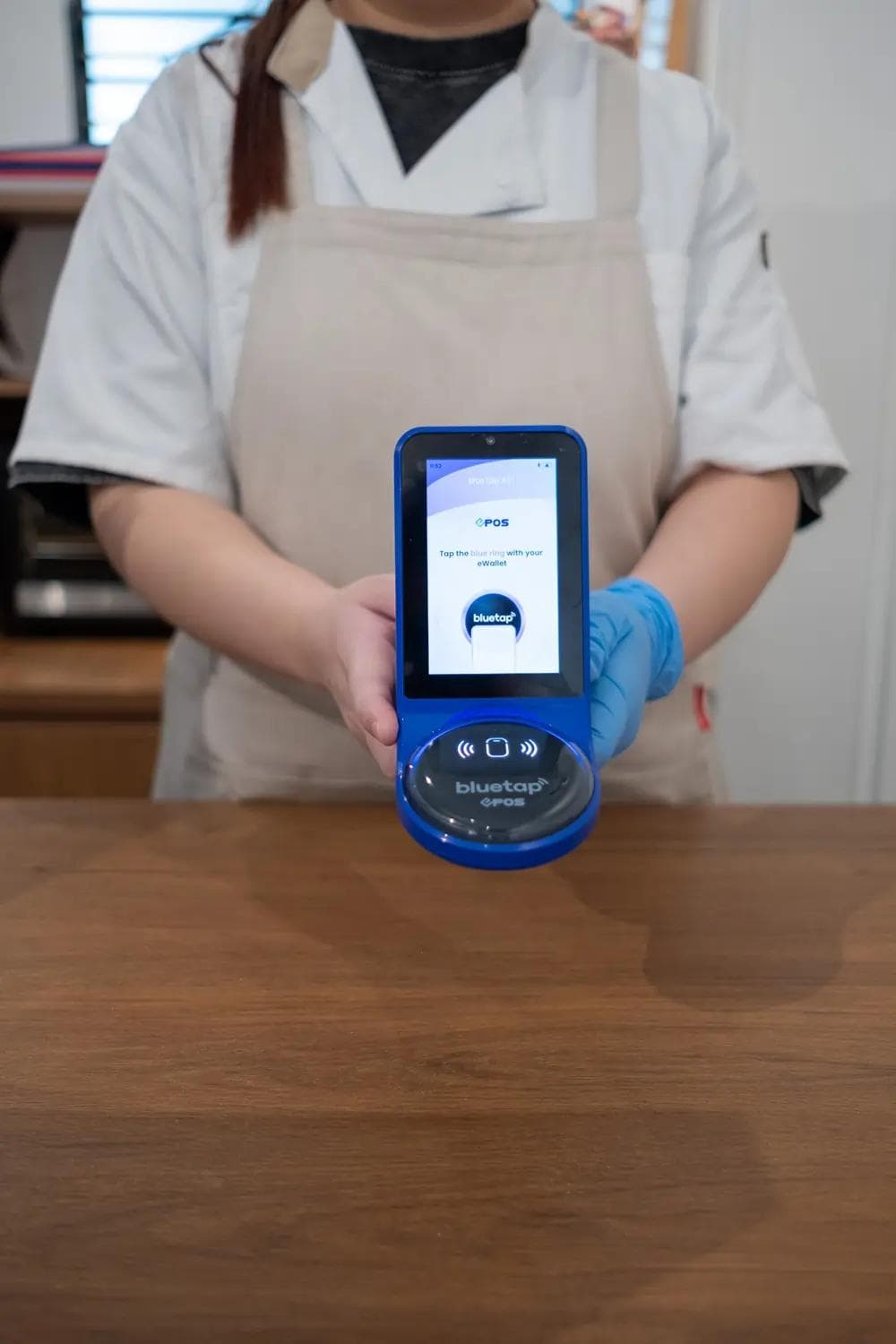Moody’s: Sovereign rating actions drive corporate CrossoverZone activity in Q1 2018
Moody’s: Sovereign rating actions drive corporate CrossoverZone activity in Q1 2018
Published by Gbaf News
Posted on April 20, 2018

Published by Gbaf News
Posted on April 20, 2018

The number of potential fallen angels decreased by five during the first quarter of 2018, to 35, marking the 10th consecutive quarter of declines, Moody’s Investors Service says in its latest quarterly Crossover Zone report. Meanwhile, seven non-financial companies entered the zone as rising stars, the most since the second quarter of 2016.
There were 53 non-financial companies in the Crossover Zone as of March 2018, two less than at the end of 2017.
The Crossover Zone refers to the ratings closest to the line between speculative grade and investment grade.
Companies in the zone are rated Baa3 or Ba1.
“The first quarter was active, with 20 companies entering the Crossover Zone, 12 of which were driven by sovereign rating changes,” says Michael Corelli, VP-Senior Credit Officer at Moody’s. “Five companies entered as potential rising stars in connection with the outlook change for the Government of Russia, and seven as potential fallen angels due to the downgrade of the Government of Oman. Six others entered the zone due to M&A activity and only two as a result of fundamental credit developments.”
No companies that entered the zone in the first quarter as potential fallen angels did so due to fundamental credit issues, the first time that has occurred since Moody’s began tracking the data in 2014, adds Corelli.
The debt load of potential fallen angels fell to $223 billion at the end of March, down 20% from $285 billion in the prior quarter, as a handful of companies with large debt burdens exited the zone. Debt held by potential fallen angels in the US declined by around 40% from last quarter, while debt from international companies declined by a much lower amount. The proportion of Crossover Zone debt from US companies declined to 15% of the total, well below the average of 25% over the past three years.
There were eight actual fallen angels in the quarter, the highest in two years, notes Moody’s. Teva Pharmaceutical, which held $32 billion of debt when downgraded, was the largest crossover issuer.
The report “Crossover Zone: Sovereign rating actions drive crossover activity, potential fallen angels decrease,” is available to Moody’s subscribers at:
http://www.moodys.com/researchdocumentcontentpage.aspx?docid=PBC_1119371
The number of potential fallen angels decreased by five during the first quarter of 2018, to 35, marking the 10th consecutive quarter of declines, Moody’s Investors Service says in its latest quarterly Crossover Zone report. Meanwhile, seven non-financial companies entered the zone as rising stars, the most since the second quarter of 2016.
There were 53 non-financial companies in the Crossover Zone as of March 2018, two less than at the end of 2017.
The Crossover Zone refers to the ratings closest to the line between speculative grade and investment grade.
Companies in the zone are rated Baa3 or Ba1.
“The first quarter was active, with 20 companies entering the Crossover Zone, 12 of which were driven by sovereign rating changes,” says Michael Corelli, VP-Senior Credit Officer at Moody’s. “Five companies entered as potential rising stars in connection with the outlook change for the Government of Russia, and seven as potential fallen angels due to the downgrade of the Government of Oman. Six others entered the zone due to M&A activity and only two as a result of fundamental credit developments.”
No companies that entered the zone in the first quarter as potential fallen angels did so due to fundamental credit issues, the first time that has occurred since Moody’s began tracking the data in 2014, adds Corelli.
The debt load of potential fallen angels fell to $223 billion at the end of March, down 20% from $285 billion in the prior quarter, as a handful of companies with large debt burdens exited the zone. Debt held by potential fallen angels in the US declined by around 40% from last quarter, while debt from international companies declined by a much lower amount. The proportion of Crossover Zone debt from US companies declined to 15% of the total, well below the average of 25% over the past three years.
There were eight actual fallen angels in the quarter, the highest in two years, notes Moody’s. Teva Pharmaceutical, which held $32 billion of debt when downgraded, was the largest crossover issuer.
The report “Crossover Zone: Sovereign rating actions drive crossover activity, potential fallen angels decrease,” is available to Moody’s subscribers at:
http://www.moodys.com/researchdocumentcontentpage.aspx?docid=PBC_1119371
Explore more articles in the Top Stories category











